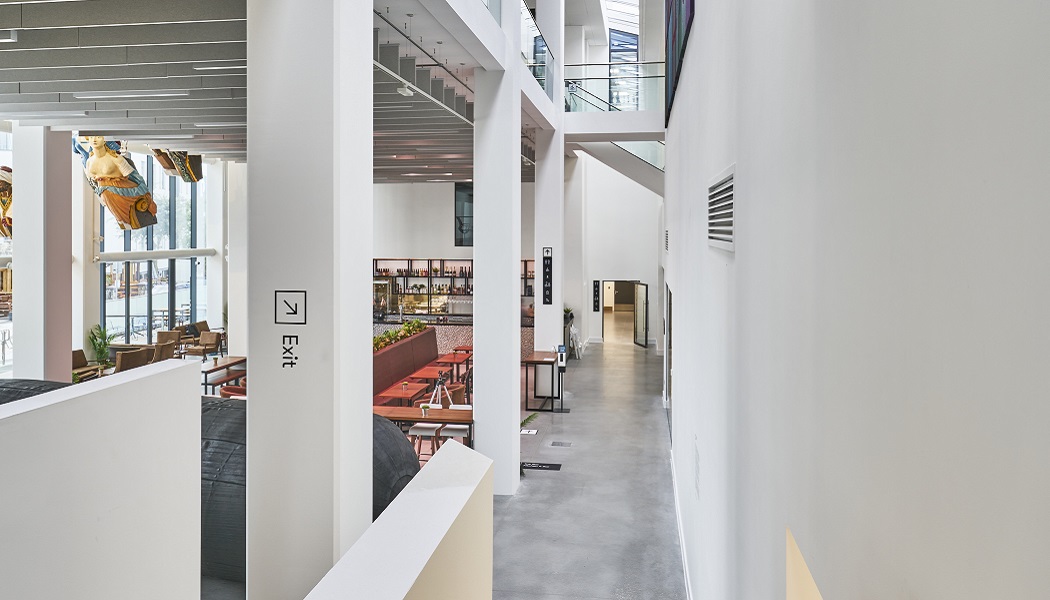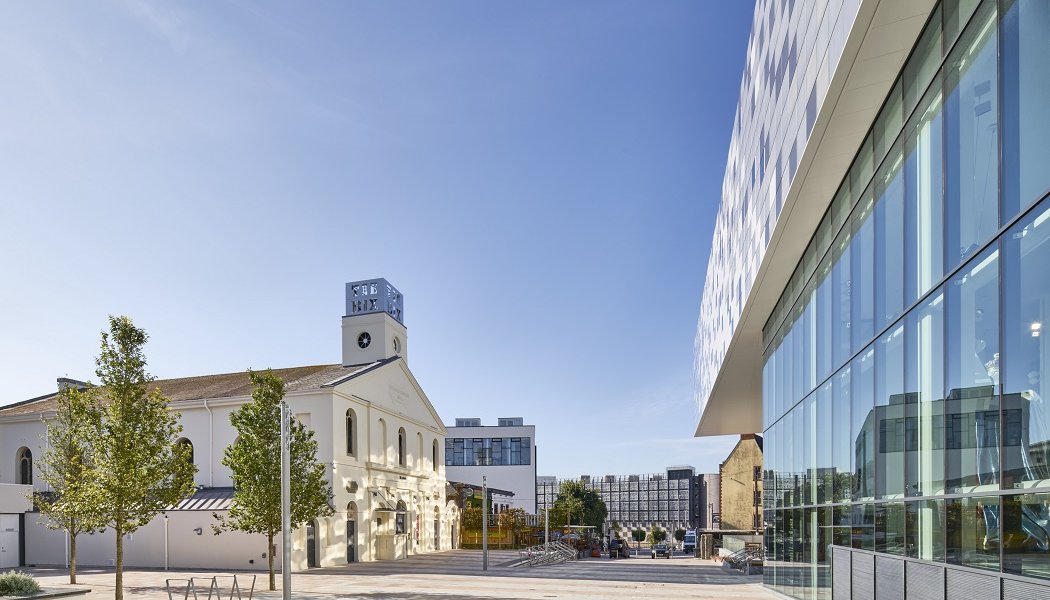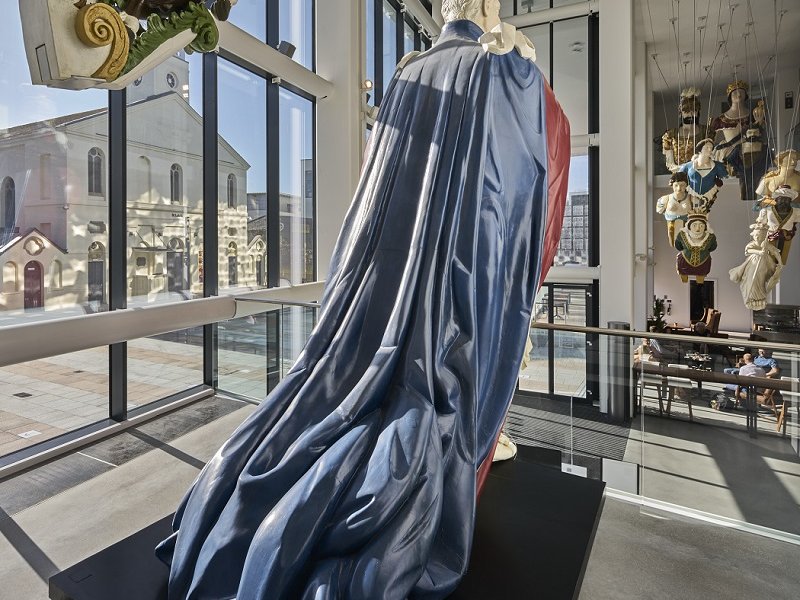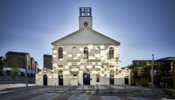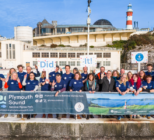The scheme, commissioned by Plymouth City Council and delivered by engineering and design firm Atkins, has seen a trio of listed buildings altered, refurbished and extended to encompass exhibition spaces, galleries and specialist archival stores – making the site three times bigger than before.
Predominantly, the aim of the project was to bring together disparate collections into one industry-leading hub that better serves local communities and attracts new visitors to the Devon city.
Described by Cllr Tudor Evans, leader of Plymouth City Council, as “cultural regeneration at its best”, The Box site is key to the city’s aim of modernising and enhancing its offer with the establishment of a new Cultural Quarter.
The archive, which is located on the building’s cantilevered top floor and features a façade made up on 149 sheets of glass, was a key part of the design brief. It will have capacity to house 24,000 boxes and maintain stable conditions in terms of both temperature and humidity.
“We wanted to put our incredible archives front and centre of The Box and where these precious documents should be stored formed a key part of the design,” explains Caroline Cozens, programme manager for The Box.
“Rather than being in a warehouse or in a basement we wanted them to reflect how important they are by creating something bold and striking. The Box is on a dense inner-city site and the only way to build was up.”

Last month a new membership scheme was unveiled by The Box, offering individuals and households a range of incentives to support their newest local attraction.
Individual membership costs £25 per year, while household membership for two adults and up to three children is priced at £45. Benefits include access to special events and offers, as well as free access to any payable exhibitions.
“This is a brilliant scheme that will enable people to show their support for The Box and keep admission to it free, whilst enjoying some unique benefits,” notes Peter Smith, deputy leader of Plymouth City Council.
There will certainly be a diverse range of exhibits for members and visitors to explore in the early months, with The Box currently hosting artefacts including a flotilla of 14 original naval ship figureheads which saw the organisation win Restoration/Conservation Project of the Year at the Museums + Heritage Awards 2020.
Clawing back cultural treasures
The new arts venue was boosted earlier this year when five grants totalling nearly £750,000 were awarded to enable the purchase of a rare piece of 19th century studio pottery.
£137,200 from the National Heritage Memorial Fund, £30,050 from Art Fund, £20,000 from the Arts Council England/V&A Purchase Grant Fund, £15,000 from the Henry Moore Foundation and £10,000 from the Decorative Arts Society meant that the earliest, largest surviving sculpture made by Robert Wallace Martin became part of The Box’s permanent collection and will remain in the UK for the public to enjoy.
“Although the crab looks amusing on first sight it’s a truly unique object that stretches the boundaries of art and science with its combination of anatomical detail and human expression,” says Terah Walkup, art curator at The Box. “Its scale and design mark an important moment in the Martin Brothers’ production.”
The piece, made in 1880, will not only provide inspiration for family events and STEM school activities but also form an integral part of an exhibition highlighting the work of the Martin Brothers and their significance in the South West region.
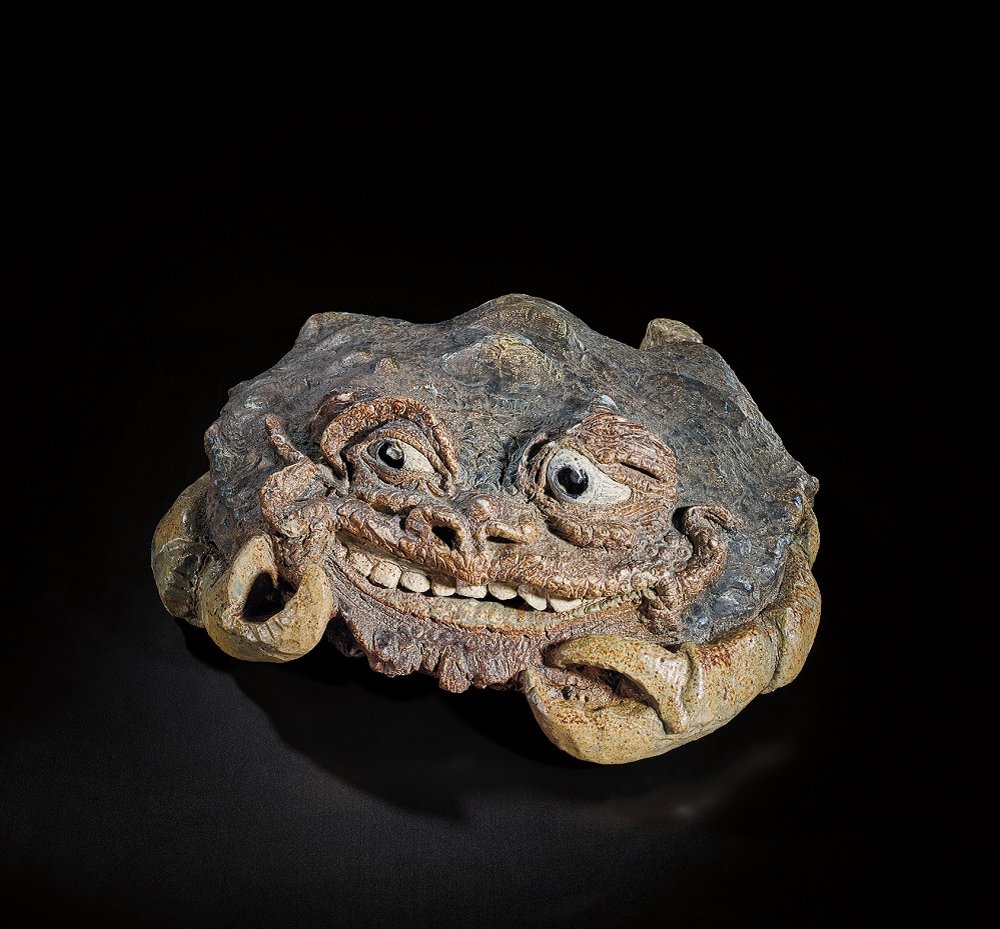
Opening in 2020, coinciding with the 400th anniversary of the Mayflower sailing to America, had looked in doubt for a time after the Covid-19 pandemic saw the initial May launch date postponed.
Now, with the doors open to the public and with an industry award already in the bag, The Box is full of optimism – among other things.

